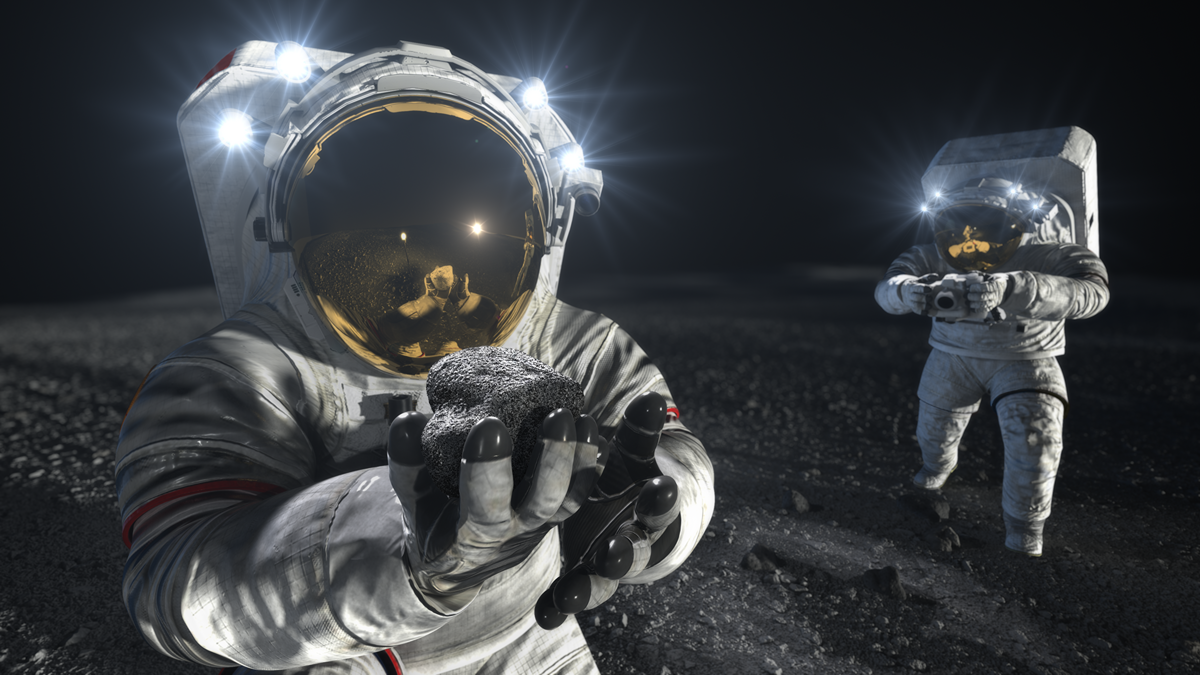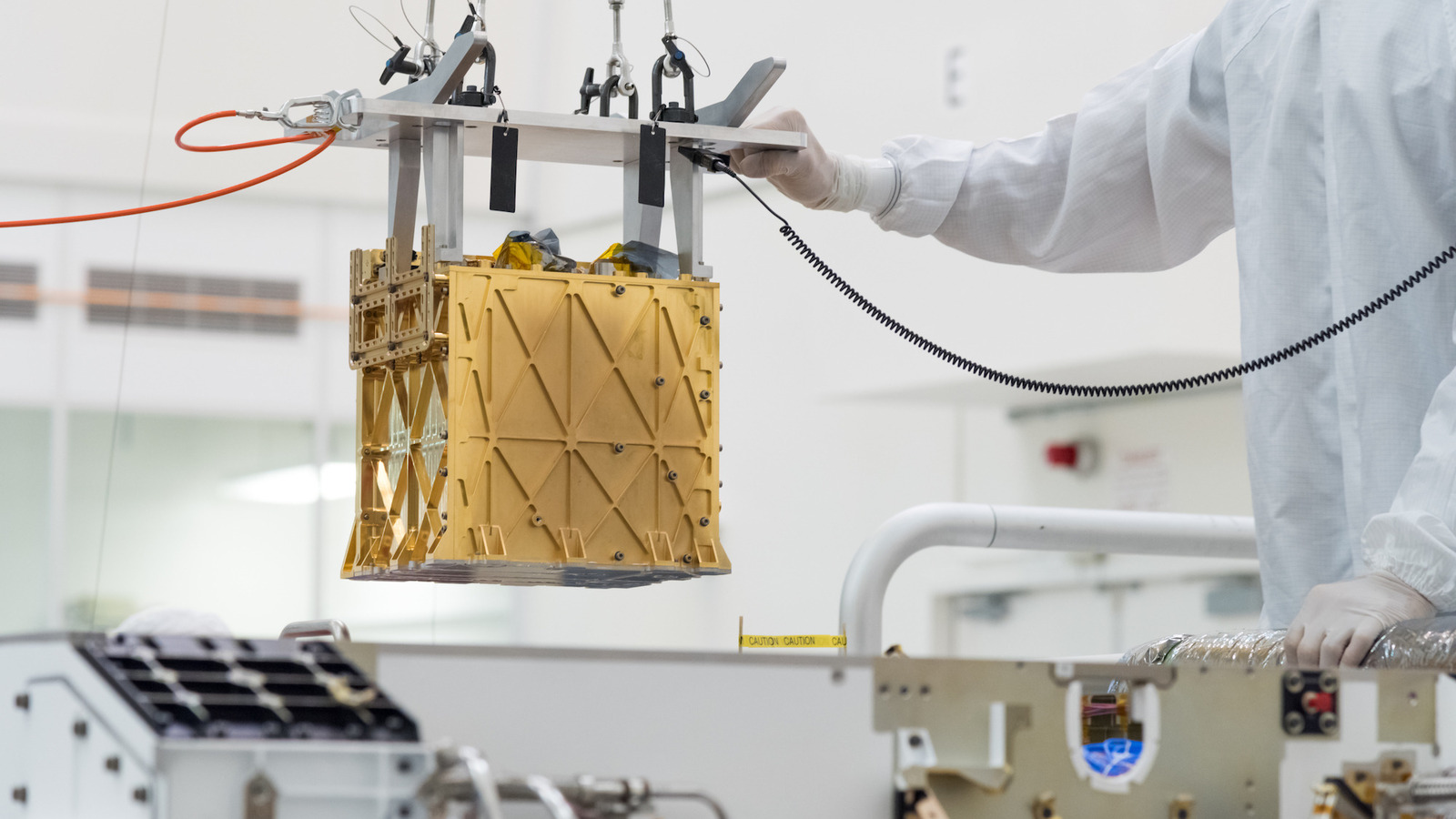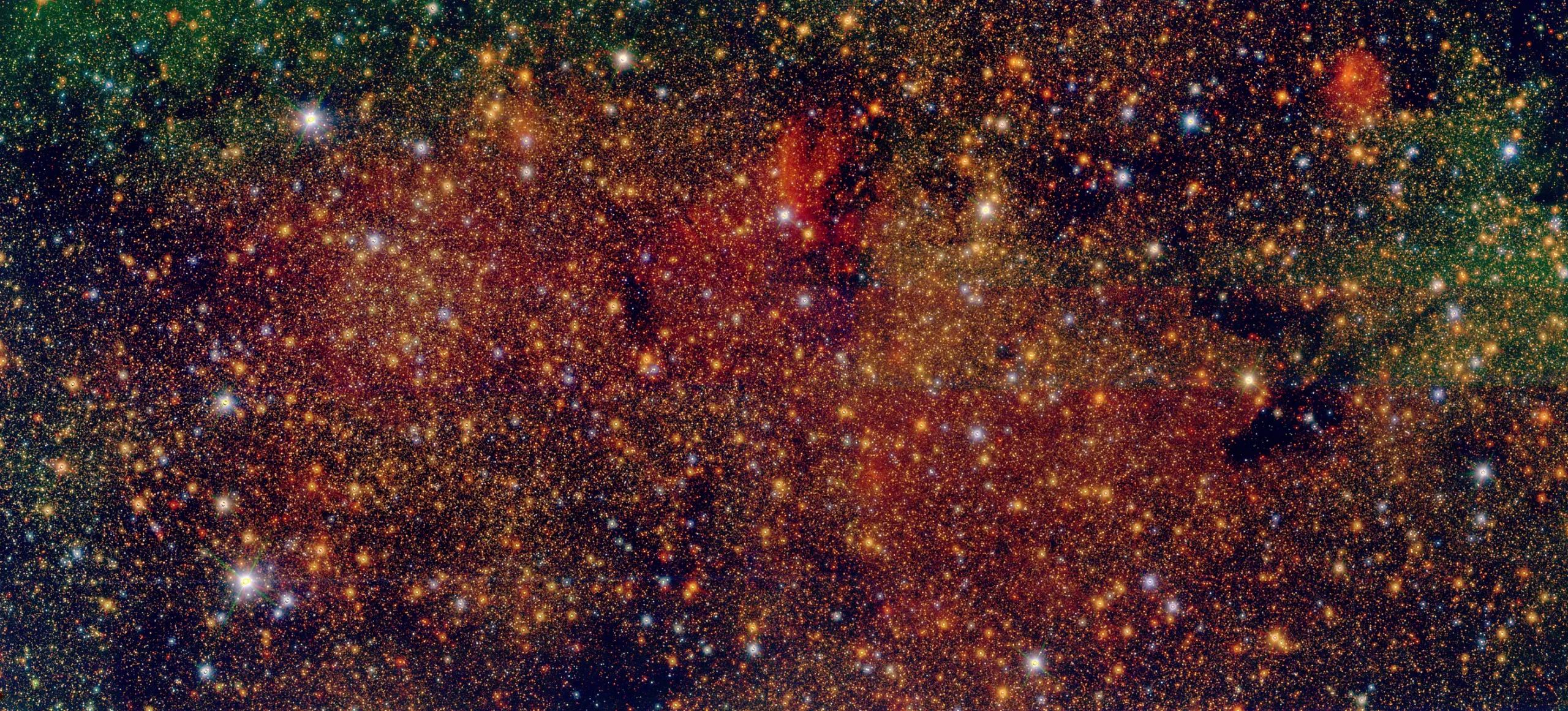Feed description:
NASA picks a firm to build its next-gen spacesuits - ZDNet
9/8/22 at 5:52am

When astronauts walk on the moon as part of the Artemis III mission, they'll be wearing spacesuits designed by Axiom Space
8 similar
Viewed by
You are the first to view
NASA picks spacesuit maker for 1st Artemis moonwalkers - Space.com
9/8/22 at 5:52am

The deal has a base value of $228.5 million.
Viewed by
You are the first to view
A glacier in Antarctica the size of Florida that could dramatically raise global sea levels is disintegrating faster than previously predicted, according to ...
9 similar
Viewed by
You are the first to view
From the soil to the sky - Newswise
9/8/22 at 5:52am

Every day, about one quadrillion gallons of water are silently pumped from the ground to the treetops.
2 similar
Viewed by
You are the first to view

A new study suggests that some star systems may possess stolen planets. Here are the facts.
Viewed by
You are the first to view
Overview ‹ SEI Analog Environments Study: Adaptation, Collaboration, and Resilience in Extreme Environments — MIT Media Lab - MIT Media Lab
9/8/22 at 5:52am

SEI Analog Environments StudyProject OverviewThe way humans engage with space has changed rapidly over the past 60 years, moving from a model built around surv…
Viewed by
You are the first to view

A pair of astronauts is set to receive geology training at different locations across Europe to prepare them for future trips to the Moon.
Viewed by
You are the first to view
Intense Course Teaches Astronauts How to Be Scientists on the Moon - Gizmodo Australia
9/8/22 at 5:52am

Preparing for a trip to the Moon and knowing what to do once you get there are two completely different...
Viewed by
You are the first to view
What's next for Artemis I after 2nd scrub? - Phys.org
9/8/22 at 5:52am

What went wrong with Artemis I was on the launch pad at Kennedy Space Center, so that's where NASA has decided to try and fix it.
Viewed by
You are the first to view

NASA has selected Axiom Space to deliver a moonwalking system for the Artemis III mission, which will land Americans on the surface of the Moon for the first time in over 50 years. This award – the first one under a competitive spacesuits contract – is for a …
Viewed by
You are the first to view
From the soil to the sky: Researchers quantify the amount of energy that plants use to lift water on a global scale - Phys.org
9/8/22 at 5:52am

Every day, about one quadrillion gallons of water are silently pumped from the ground to the treetops. Earth's plant life accomplishes this staggering feat using only sunlight. It takes energy to lift all this liquid, but just how much was an open question un…
Viewed by
You are the first to view

Bringing humans to Mars also requires bringing oxygen to Mars -- or so we thought, until a small device on the Perseverance rover proved otherwise.
Viewed by
You are the first to view
The NIRPS Spectrograph – Interview with our astronomers | Institute for Research on Exoplanets - News | Institute for Research on Exoplanets
9/8/22 at 5:52am

The Near InfraRed Planet Searcher (NIRPS) is an instrument that was recently installed at the 3.6-metre telescope at the La Silla Observatory in Chile. Its design was carried out by an internationa…
Viewed by
You are the first to view
My time at iREx – James Sikora | Institute for Research on Exoplanets - News | Institute for Research on Exoplanets
9/8/22 at 5:52am

James Sikora, a postdoctoral fellow at Bishop’s University, joined the iREx in September 2019. In September 2022, he left iREx to pursue his career as a postdoc at the Anton Pannekoek Institu…
Viewed by
You are the first to view

The U.S. Postal Service will issue a stamp celebrating NASA’s new James Webb Space Telescope, the largest, most powerful, and most complex science telescope ever put in space.
Viewed by
You are the first to view
Scientists discover how cells repair damaged lysosomes, offers better understanding of age-related diseases - The Science Board
9/8/22 at 5:52am

University of Pittsburgh researchers have described for the first time a pathway by which cells repair damaged lysosomes, structures that contribute to longevity, offering the potential to better understand and treat age-related diseases.
Viewed by
You are the first to view
Research team confirms icy conditions existed in South Pole region during Late Cretaceous period - Phys.org
9/8/22 at 5:52am

Let's pretend it's the Late Cretaceous, roughly 66 to 100 million years ago. We've got dinosaurs roaming the land and odd-looking early species of birds, although the shark as we know it is already swimming in the prehistoric oceans—which cover 82% of Earth. …
1 similar
Viewed by
You are the first to view
Artificial Gravity Partially Protects Space-Related Central Nervous System Deficits in Organisms - IT News Online
9/8/22 at 5:52am
Artificial Gravity Partially Protects Space-Related Central Nervous System Deficits in Organisms
Viewed by
You are the first to view
Fall is the best time to clean nest boxes for barn owls - Phys.org
9/8/22 at 5:52am

When it comes to American barn owls, forget spring cleaning.
Viewed by
You are the first to view
Dinosaur-Killing Asteroid Triggered Continent-Wide Firestorm Within Minutes Of Impact - Forbes
9/8/22 at 5:52am

The meteorite that wiped out Earth's dinosaurs instantly ignited forest wildfires up to thousands of kilometers from its impact zone, scientists have discovered.
Viewed by
You are the first to view
Scientists see spins in a 2D magnet - EurekAlert
9/8/22 at 5:52am
Research shows that spinning quasiparticles, or magnons, light up when paired with a light-emitting quasiparticle, or exciton, with potential quantum information applications.
Viewed by
You are the first to view
Scientists see spins in a 2D magnet - Phys.org
9/8/22 at 5:52am

All magnets—from the simple souvenirs hanging on your refrigerator to the disks that give your computer memory to the powerful versions used in research labs—contain spinning quasiparticles called magnons. The direction one magnon spins can influence that of …
Viewed by
You are the first to view
Two 'super-Earth' planets discovered — one could potentially host life - New York Post
9/8/22 at 5:52am

Exoplanet LP 890-9c is 40% more massive than Earth, and orbits about every 8.5 days — placing it in a “habitable zone” relative to its star.
2 similar
Viewed by
You are the first to view
Like Elves, These Animals May Live Forever - Nerdist
9/8/22 at 5:52am

Some organisms on Earth might have adapted to live forever. Scientists are still learning more in hopes of extending human lifespans.
Viewed by
You are the first to view
Star Formation in the Center of the Milky Way Started at the Core and Then Worked its way out - Universe Today
9/8/22 at 5:52am

Based on a new survey of the Milky Way's center, a team of researchers has concluded that star formation began in the middle and worked its way outward
Viewed by
You are the first to view